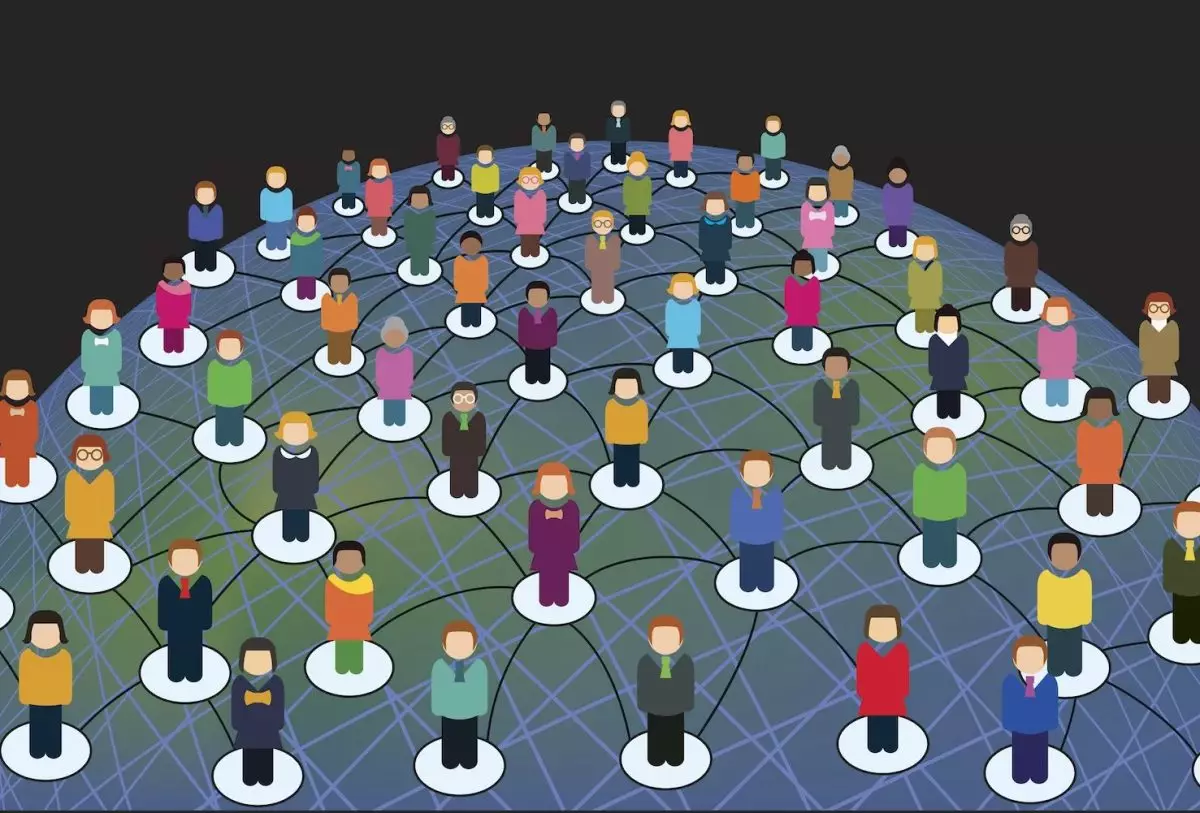The term “open source” often evokes a rich tapestry of interpretations that extend beyond mere legal definitions. While the Open Source Initiative (OSI) provides formal criteria to label software as open source, the reality of what “open source” truly encompasses is fraught with complexities. This article delves into the intricate landscape of open-source software, aiming to clarify the distinctions between legal compliance and the underlying ethos of openness, collaboration, and community engagement.
The OSI’s role in certifying licenses is crucial but insufficient to capture the cultural, developmental, and ethical dimensions of open source. A software project may be aligned with OSI-approved licenses, yet its practices can stray far from the foundational principles of open source. Fundamental questions arise: How transparent is the development process? Are core features monetized in ways that undermine community involvement? This disparity often generates debate among developers and advocates, leading to assertions that a project, while legally open source, may function more akin to proprietary software.
For instance, let’s consider Android. On one hand, the Android Open Source Project (AOSP) operates under a permissive Apache 2.0 license, readily accessible for modification and forking. Yet, Google’s control over Android creates a different narrative. Developers encounter significant barriers when attempting to contribute or navigate the project’s future, making the experience feel less like genuine collaboration and more like constrained participation. Analysts like Luis Villa emphasize these contradictions, pointing out that while licenses may promise openness, practical engagement often reveals a starkly different reality.
The core of the open-source debate lies in the perception of independence. When a project is primarily governed by a single corporation, it raises valid concerns about agency, influence, and the potential for shifting priorities based on business motivations. Peter Zaitsev argues that as long as a project remains in the hands of a singular corporate entity, the notion of ‘open’ must be scrutinized. This rhetoric suggests that while software may be technically open, true community empowerment is often sidelined, leading to questions about the sustainability of independence for contributors.
Similarly, Dotan Horovits warns of the risk of “vendor-owned open source” becoming a reality where commercial interests overpower the open community ethos. Such dynamics reveal the challenges of reconciling a corporate agenda with the foundational principles of collaboration and openness. Horovits’ contemplation of open source “turning to the dark side” effectively encapsulates the tension between corporate objectives and community aspirations.
The question of what constitutes true open source is becoming acutely relevant in today’s rapidly evolving digital landscape, particularly in the realm of artificial intelligence (AI). Projects like China’s DeepSeek showcase the struggles inherent in balancing proprietary data and open accessibility. Despite its MIT license, the project lacks transparency regarding training data, challenging the authenticity of its open-source claims. In juxtaposition, researchers at Hugging Face fervently advocate for more transparent methods, showcasing a drive to define a new standard for open-source AI development.
Meta’s Llama-branded models present another contradiction within the open-source framework. Renowned for their claims to be open source, the commercial restrictions involved in Llama prompt skepticism from many experts, including Villa. The struggle to adhere to or redefine open-source principles highlights the conflicts that arise within the industry, as commercial vested interests frequently cloud open-source intentions.
Despite increasing scrutiny of the open-source label, the allure of its brand remains powerful. As Emily Omier highlights, the attempt to manipulate the definition of open source ultimately reflects its widespread importance. With frameworks like the EU AI Act actively engaging the intricacies of “free and open source” systems, businesses and organizations are compelled to reconsider their definitions and practices.
While the OSI’s criteria provide a foundational legal framework, there is a growing consensus around the need for a more nuanced understanding of what it means to be open source. As Stefano Maffulli posits, focusing strictly on licensing helps maintain clarity amid the potential confusion arising from philosophical debates around community engagement and development.
The journey toward a robust open-source ethos involves more than just a legal framework. It requires a commitment to ethical transparency, community involvement, and sustainable governance. As open source continues to evolve alongside technological advancements, stakeholders must engage in thoughtful dialogue to ensure that the essence of openness remains intact, even within complex commercial landscapes. The future of open source will undoubtedly hinge not just on the licenses we use, but on how faithfully we uphold the principles that define this vital movement.

